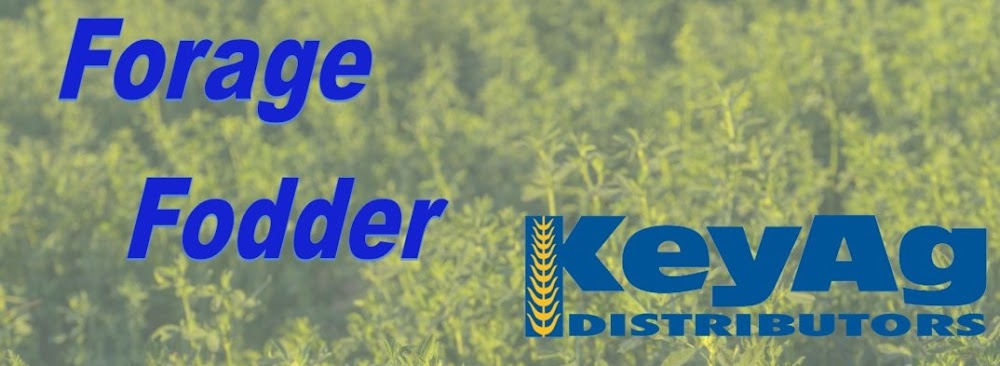Tuesday, November 29, 2022
State-By-State Hay Summary
Colorado—In the Nov. 17 report, compared to last report, trade activity remained moderate with very good demand for horse hay; prices remained mostly steady. Feedlot hay trades were very light with light demand. Moisture in the northern Plains, while highly beneficial for winter wheat, had a limited immediate effect on the drought situation, leading to only small improvements in the depiction. Farther south, drought continued to gradually worsen in other parts of the region. According to the NASS Colorado Crop Progress Report for the week ending Nov. 13, fourth cutting alfalfa harvested is 96% equivalent to 96% from last year. Stored feed supplies were rated 21% very short, 35% short, 43% adequate, and 1% surplus. Next report will be released Dec. 1.
Missouri—In the Nov. 17 report, compared to last report, demand for hay and hay movement is moderate. Hay prices are fully steady to slightly firm. The first snow of the year fell for most of the state with some areas receiving two rounds of the white stuff. Three or four inches in a few areas had several farmers rolling out the first hay of the year. There are many however, that have been feeding at least some for a while due to drought that prevented any stockpiling of fall forages. Hay supplies are light to moderate. There is still at this time adequate amounts of hay that can be found and bought although price levels are tough to swallow, even as they still unlikely cover the cost of what production cost this year. Next report will be released Dec. 1.
Nebraska—In the Nov. 17 report, compared to last week, ground and delivered hay in the Platte Valley sold $10 higher. All reported bales of alfalfa, grass hay and cornstalks sold fully steady. Demand and buyer inquiry was good. Several loads of large square bales of alfalfa continue to get shipped out of state to dairies, horse owners and to feedlots. Ranchers continue to look for some hay to buy. Farmers or hay producers continue to bale cornstalks. Some reports of wet distillers are readily available, and feedlots are mixing cornstalks and distillers and packing it in their silage pits. Livestock owners continue to look for ways to cheapen up their feed rations as hay supplies are tight and it appears supplies will be tight in 2023 unless the state receives much needed moisture this fall through next spring. Next report will be released Dec. 1.
Oklahoma—In the Nov. 11 report, compared to the last report, not much has changed. Hay volume continues to lower. With the drought there is more hay coming into Oklahoma and being traded compared to trading the Oklahoma hay crop.
Texas—In the Nov. 10 report, compared to the last report, hay prices are steady to firm in all regions. Hay demand is picking up as the majority of the pastures in the state are rated from average to very poor. Additionally, a cold front is moving into the area which will increase supplemental livestock feeding. Hay is still moving into the state from bordering states, but trucking and freight rates continue to be a struggle for producers and have had large impacts on delivered prices. According to USDA-NASS, winter wheat planting across the state reached 88%, up 5 points from the previous year. Winter wheat emergence has reached 67%, up 5 points from the previous year. Although rains have been scarce they’ve been pretty timely for the winter wheat crop thus far. The productivity of winter wheat crop will be very important for livestock producers as forages are predicted to be short this year. Next report will be released Nov. 25.
New Mexico—Hay reports have ceased for 2022. Next report will be released April 2023.
South Dakota—In the Nov. 17 report, compared to last week, all classes of hay remain steady to firm. Very good demand for all types and qualities of hay. Winter storm this week brought snow and ice to central, western and northern parts of the state and very cold temps to the entire region. Calves are arriving in feedyards and needing high quality grass hay to get them started on feed, which is adding strength to the grass hay market. High quality dairy hay remains tough to find as the drought really diminished the overall tonnage of alfalfa. A lot of corn stalks bales were made this year as the dry fall weather made for ideal baling conditions and there is a lot of demand for these bales as cattle producers use these to grind and blend in their rations to stretch their forage supplies.
Wyoming—In the Nov. 17 report, compared to last week, all reported hay prices sold fully steady. Demand was good. Some loads are staying in their local trade markets with several loads going to out of state buyers. Unseasonal cool temperatures prevailed most of the week with daytime highs in the high teens to low 20s at weeks close. Next week normal temps should prevail at lower elevations with daytime highs in the 40-to-50-degree range. Next report will be released Dec. 1.
Montana—In the Nov. 18 report, compared to last report, hay sold generally steady. Demand for hay this week was mostly moderate for moderate offerings. Hay continues to move on an as need basis. Cold weather and snow drove some sales this week as much of the hay that sold stayed in state. Winter weather also aided the sale of straw as snowy conditions were seen over much of the state this past week. Straw prices were mostly $10 to $15 lower this week as producers lowered prices in order to move larger quantities of straw. Next report will be released Dec. 2.





-page-001.jpg)
-page-002.jpg)





-page-001.jpg)
-page-002.jpg)




-page-001.jpg)
-page-002.jpg)




-page-001.jpg)

-page-001.jpg)
-page-002.jpg)

-page-001.jpg)
-page-002.jpg)
-page-003.jpg)

-page-001.jpg)

-page-001.jpg)

-page-001.jpg)
-page-002.jpg)

-page-001.jpg)
-page-002.jpg)

-page-001.jpg)
-page-002.jpg)

-page-001.jpg)
-page-002.jpg)
-page-003.jpg)



